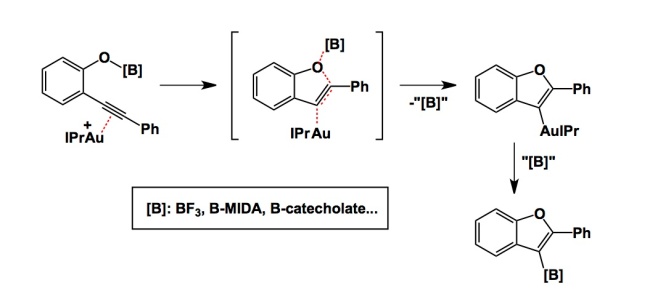Earlier today I was in Boston, where I gave a talk at AstraZeneca (in fact, the exact location was Waltham, Mass). My former student Tim Rasmusson is working there now, so it was great to see him again. Dr. Scott Cowen was my host and he was responsible for bringing me to their site. Throughout the day I met a lot of people and heard a very coherent message, which indicates that macrocycles are among the coolest commodities in today’s drug discovery. One of the reasons Scott brought me over had to do with an ongoing collaboration between AstraZeneca and Encycle Therapeutics (http://www.encycletherapeutics.com), the company I started together with MaRS Innovations in 2012. Encycle now has 8 employees and is in hot pursuit of several proprietary targets in addition to collaborations with AstraZeneca, Merck, GSK, and Pfizer. We will be updating our website soon, so stay tuned! I was encouraged by the warm reception our platform has received at AstraZeneca. This interest provides further impetus for trying hard to reach our milestones. I want to stress that we are working together with an awesome team led by Professor Eric Marsault of the University of Sherbrooke. Together, we are amassing an impressive collection of macrocycles that are being evaluated using a wide range of techniques.
I don’t intend to talk about any of Encycle’s accomplishments today, although I can say a lot in praise of the hard work of our team. This will be mentioned in detail once we make some corporate announcements (I hope soon). Instead, I want to discuss an issue that continues to present challenges in the general area of peptide macrocycles. These molecules are substantially larger than their small molecule counterparts. Macrocycles have high polar surface areas due to the presence of multiple amide bonds. This makes it difficult for them to traverse cellular membranes, which is something I noted in the past when I said that control over intramolecular hydrogen bonds is key to reducing the polar surface area of these molecules. logD, or the logarithm of the ratio of the concentration of a given molecule in octanol to the concentration of it in water at a given pH, is one of the metrics that is widely used to assess lipophilicity. logD can be measured experimentally and can be reliably computed, with the caveat that there are big discrepancies between experiment and computation when it comes to molecules that can form intramolecular hydrogen bonds. Incidentally, this problem affects even fairly simple compounds. While visiting AstraZeneca, I was reminded that the calculated logD of the following two molecules is identical, although the experimental values are vastly different due to the presence of an intramolecular hydrogen bond in the first case. 
If folks are having trouble with such simple stuff, just think about the nightmares you’ll have when it comes to giant rings with rich conformational space. We really need to improve computational approaches in order to enumerate virtual libraries of macrocycles. I guess this is today’s message. Once again, today was a great one-day visit to Boston, so thanks to Tim and Scott (I loved that Venezuelan restaurant!).











